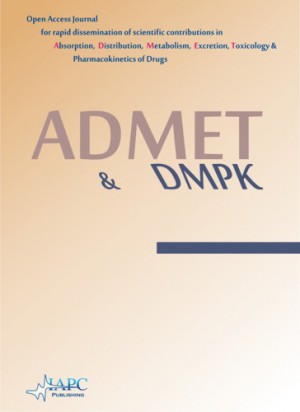
ADMET & DMPK
Yazarlar: Éva Halász, Ellen Townes-Anderson
Konular:-
DOI:10.5599/admet.4.4.331
Anahtar Kelimeler:Rho kinase,Corneal endothelial wound healing,Glaucoma,Diabetic retinopathy,Retinal detachment
Özet: Rho kinases (ROCKs) have a crucial role in actin-cytoskeletal reorganization and thus are involved in broad aspects of cell motility, from smooth muscle contraction to neurite outgrowth. The first marketed ROCK inhibitor, called fasudil, has been used safely for treatment of cerebral vasospasm since 1995 in Japan. During the succeeding decades ROCK inhibitors have been applied in many pathological conditions from central nervous system disorders to cardiovascular disease as potential therapeutic agents or experimental tools to help understand the underlying (patho)mechanisms. In 2014, a fasudil derivate named ripasudil was accepted for clinical use in glaucoma and ocular hypertension. Since ROCK kinases are widely expressed in ocular tissues, they have been implicated in the pathology of many ocular conditions such as corneal dysfunction, glaucoma, cataract, diabetic retinopathy, age-related macular degeneration, and retinal detachment. This paper aims to provide an overview of the most recent status/application of ROCK inhibitors in the field of eye disease.